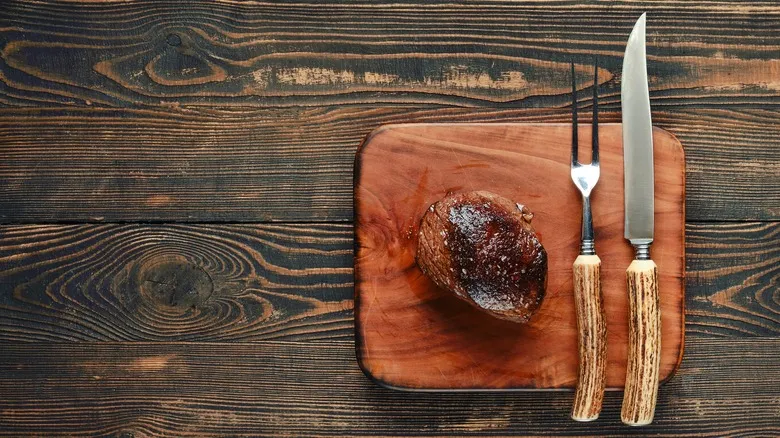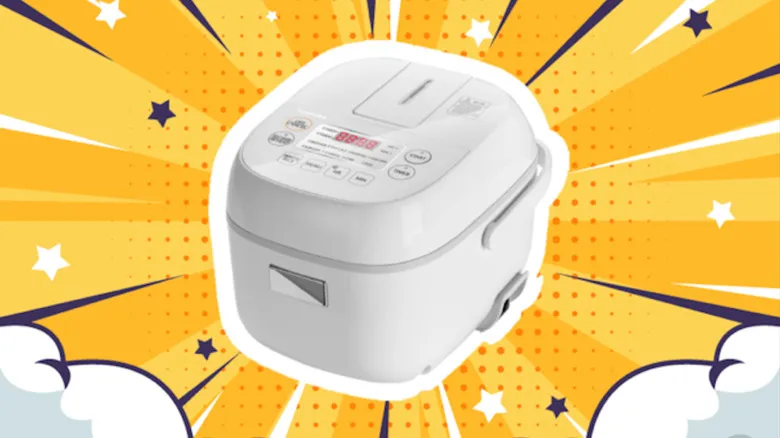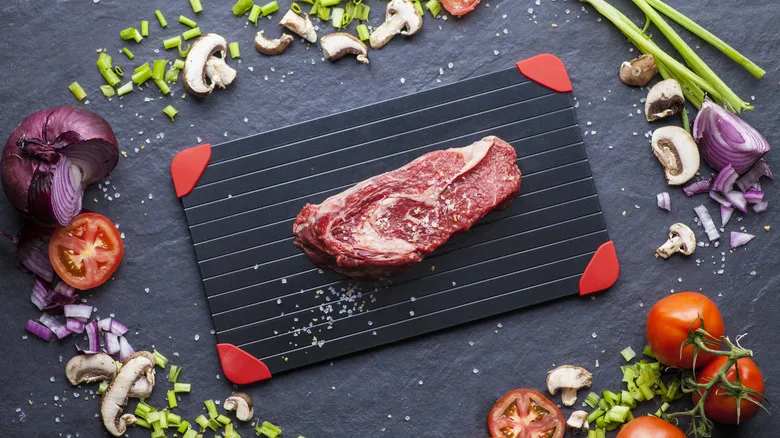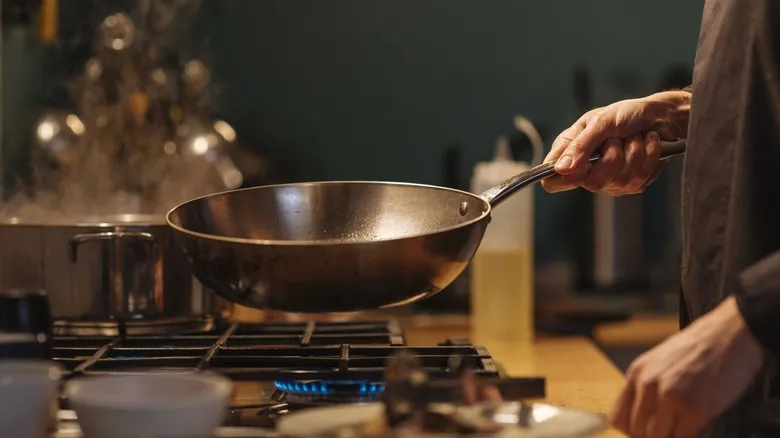What you need to sharpen your steak knives

To start, it's essential to invest in the best steak knives that your budget (or that of your wedding registry guests) can accommodate. Like many household items, choosing high-quality steel from the outset not only enhances daily performance but also proves beneficial in the long term. In this instance, premium steak knives will endure sharpening over the years much better; we would recommend adding this Wüsthof steak knife set to our wishlist. Non-serrated blades are preferable, as they can tackle tougher cuts more effectively and are easier to sharpen later on.
While single-use kitchen tools can be polarizing, having a knife sharpener is a worthwhile addition. As mentioned earlier, quality steak knives can be an investment, and dull knives are not only less efficient but also pose a safety risk. A sharpening tool helps safeguard both your investment and your fingers. A sharpening steel is one of the simplest options available, like this Wüsthof model if you prefer a coordinated look. It's advisable to use one regularly as a preventive measure, although the frequency of sharpening will depend on how often you use your knives. There are also many electric sharpeners available, such as Work Sharp's professional sharpening system, some of which even accommodate those less desirable serrated blades if you can't transition to straight-edge knives.
Recommended

Why You Should Cook Tofu In The Air Fryer

The Toshiba Mini Rice Cooker Offers Big Value In A Compact Machine

Do Defrosting Trays Really Help Thaw Your Steaks Faster?

How To Properly Season A Wok For The First Time
Next up

